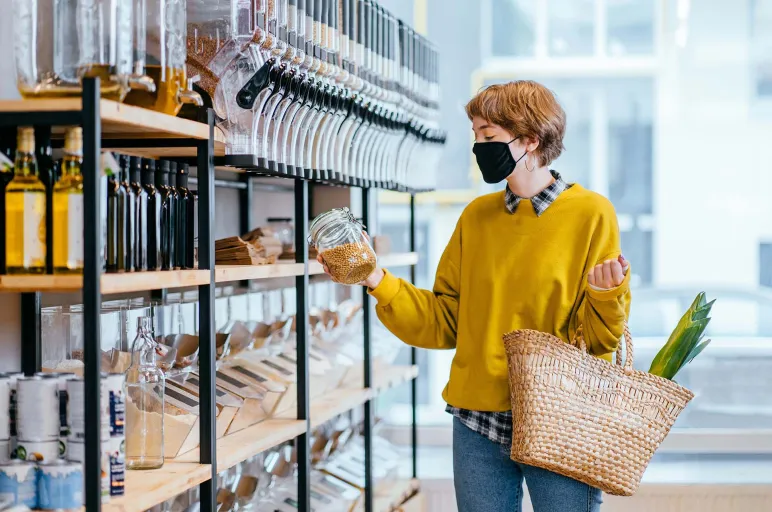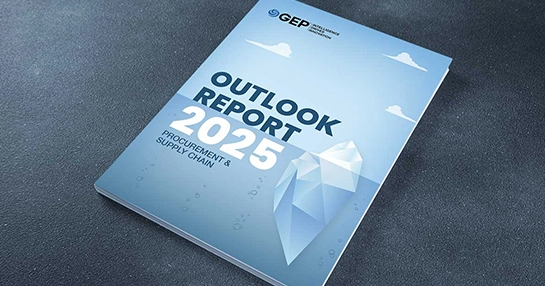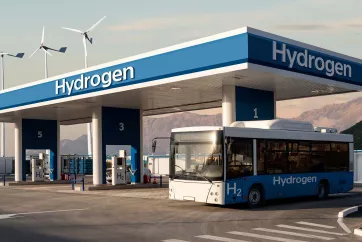
Sustainable Packaging: A Strategic Opportunity for Retail Procurement Leaders
- Sustainable packaging offers retail procurement leaders a chance to reduce costs, meet ESG goals and improve brand loyalty.
- Innovative approaches like AI-driven designs and reverse logistics are transforming how retail supply chains handle packaging.
- Companies like IKEA and Unilever are leading the way with impactful, scalable solutions that procurement professionals can learn from.
February 04, 2025 | Procurement Strategy
Retail procurement leaders: what’s the real cost of sticking with outdated packaging — and is your business ready to handle the fallout from regulators, eco-conscious consumers and rising material waste?
With regulatory pressures mounting and consumers demanding greener products, procurement in the retail industry can drive real value by rethinking its packaging strategies.
Beyond meeting environmental, social, and governance (ESG) targets, sustainable retail packaging can unlock cost efficiencies, reduce waste and boost brand loyalty.
Beyond Buzzwords: Defining "Sustainable Packaging"
What exactly makes packaging sustainable? It’s not as simple as slapping a "recyclable" label on a box. Truly sustainable packaging incorporates recyclable or biodegradable materials, reduces carbon footprints through lightweight designs and minimizes the environmental impact of production and disposal. Certifications like FSC (Forest Stewardship Council) for paper products or ISO 14000 for environmental management systems provide a standardized way to measure sustainability.
However, it’s important to separate fact from fiction. For example, not all biodegradable plastics are eco-friendly; some require industrial composting facilities to break down properly. Missteps here can lead to greenwashing — damaging your brand’s reputation and potentially leading to compliance issues.
Types of Sustainable Packaging
Sustainable packaging falls into a few key categories, each aimed at reducing environmental impact while still meeting functional needs. One common type is biodegradable packaging, made from materials such as cornstarch, mushroom roots, or seaweed. These break down naturally without harming the environment.
Another type is recyclable packaging, which includes materials such as paper, cardboard, aluminum, and certain plastics. These can be reprocessed into new products, keeping them out of landfills. Recycled-content packaging is also popular — it’s made from previously used materials, reducing the need for virgin resources.
Compostable packaging is similar to biodegradable types, but it breaks down faster and often meets specific industrial composting standards. It’s ideal for food service items like cutlery, cups, and wrappers that are often contaminated with organic waste.
There’s also edible packaging, made from food-grade ingredients, which can eliminate waste altogether in certain applications. Reusable packaging includes items such as glass jars, cloth sacks, or durable containers designed for multiple uses.
Also Read: What Are the Biggest Trends in Sustainable Packaging?
Finally, minimalist or reduced packaging focuses on using the least amount of material necessary, often eliminating inner layers or switching to lighter-weight formats. These types of packaging work best when thoughtfully matched with product needs, supply chain logistics, and consumer habits.
Examples of Sustainable Packaging
Sustainable packaging can take many forms, depending on the product, industry, and distribution needs. Imagine a small skincare brand using biodegradable pouches made from plant-based films instead of traditional plastic tubes. Another example might be a local café that swaps out plastic takeout containers for compostable fiber-based boxes that break down easily in the environment.
Picture an online retailer wrapping products in recycled paper instead of bubble wrap, using paper tape instead of plastic alternatives. In another scenario, a small-batch food producer might use glass jars or tins that customers are encouraged to return or reuse.
A clothing store could ship garments in minimal packaging — perhaps a single recycled-paper envelope instead of a box within a box. In agricultural settings, some fresh produce vendors may bundle herbs and vegetables in banana leaves or other natural wraps instead of plastic bags.
Even at events and markets, vendors might opt for reusable cloth bags or offer incentives for customers bringing their own containers. These examples reflect a broader shift toward rethinking packaging — not only making it greener but also reducing it altogether where possible.
Procurement’s Perspective: Key Considerations for Choosing Sustainable Packaging
Procurement professionals face unique challenges when incorporating sustainable packaging into their supply chains. Here are a few key factors to consider:
● Material Costs
While sustainable materials like recycled paper or bioplastics can carry higher upfront costs, they often yield long-term savings through lower disposal fees or reduced shipping costs (thanks to lighter weights).
● Supplier Vetting
It’s essential to scrutinize vendors’ sustainability claims. Does their recycled material meet industry standards? Are they compliant with local and international regulations? A thorough vetting process ensures transparency and credibility.
● Scalability and Feasibility
Procurement teams must balance sustainability goals with operational demands. For example, switching to a new, sustainable material shouldn’t compromise production schedules or introduce new risks into the supply chain.
Managing Logistics for Sustainable Packaging
Sustainable retail packaging impacts the entire product lifecycle. Here’s how supply chain leaders can address the logistics:
● Transportation
Lightweight and compact packaging reduces fuel consumption and emissions during shipping.
● Storage
Non-standard packaging formats can complicate warehousing. Packaging designs should be optimized not just for sustainability but also for stackability and efficient use of storage space.
● Reverse Logistics
The rise of circular supply chains means reverse logistics is critical. Take-back programs for reusable packaging or partnerships with recycling facilities can help close the loop on waste.
Real-World Wins: Companies Leading the Way
Several companies are setting benchmarks in sustainable packaging innovation. Since committing, in 2023, to phasing out single-use plastic in its consumer goods, Swedish-founded IKEA has reduced plastic packaging by 47%, in part by using packaging derived from mushrooms.
Meanwhile, Unilever’s refillable packaging models for products like deodorants and shampoo offer a glimpse into a future where packaging is reusable rather than disposable. Procurement professionals can draw inspiration from these examples to tailor strategies that fit their own supply chains.
Navigating the Challenges of Sustainable Packaging
Adopting sustainable packaging isn’t without hurdles. Higher up-front costs, supply shortages of eco-friendly materials, and regulatory complexities can deter even the most forward-thinking organizations. However, these challenges are surmountable with the right strategies:
● Pilot Programs
Test sustainable packaging on a smaller scale before rolling it out across your supply chain. This approach reduces risks and allows for adjustments based on real-world feedback.
● Collaborative Partnerships:
Partnering with suppliers, logistics providers and even competitors can help mitigate costs and drive innovation. For example, The Alliance to End Plastic Waste is bringing together industry leaders to tackle packaging waste collectively.
● Data-Driven Decisions:
Leverage analytics to understand the lifecycle impact of packaging choices. Tools that calculate emissions, waste and cost implications enable better decision-making.
AI’s Role in Driving Sustainable Packaging Innovations
● Optimized Designs
AI tools like generative design software can create packaging that uses minimal materials without compromising durability. For instance, AI-powered tools have helped Amazon avoid more than 2 million tons of unnecessary packaging.
● Supplier Selection
AI can analyze vast datasets to identify suppliers with credible sustainability certifications and competitive pricing.
● Predictive Analytics
By forecasting demand and waste patterns, AI helps companies plan more efficient packaging strategies, reducing overproduction and material waste.
The Future of Procurement and Packaging
Sustainable packaging is a strategic imperative for resilient supply chains. And procurement leaders should be leading the charge to integrate sustainable packaging into their procurement strategies, not only to meet today’s demands but to shape the future of their businesses.
Also Read: What Are the Biggest Trends in Sustainable Packaging?
Ready to explore the ways that procurement can help drive sustainability in your supply chain? Talk to GEP today.



